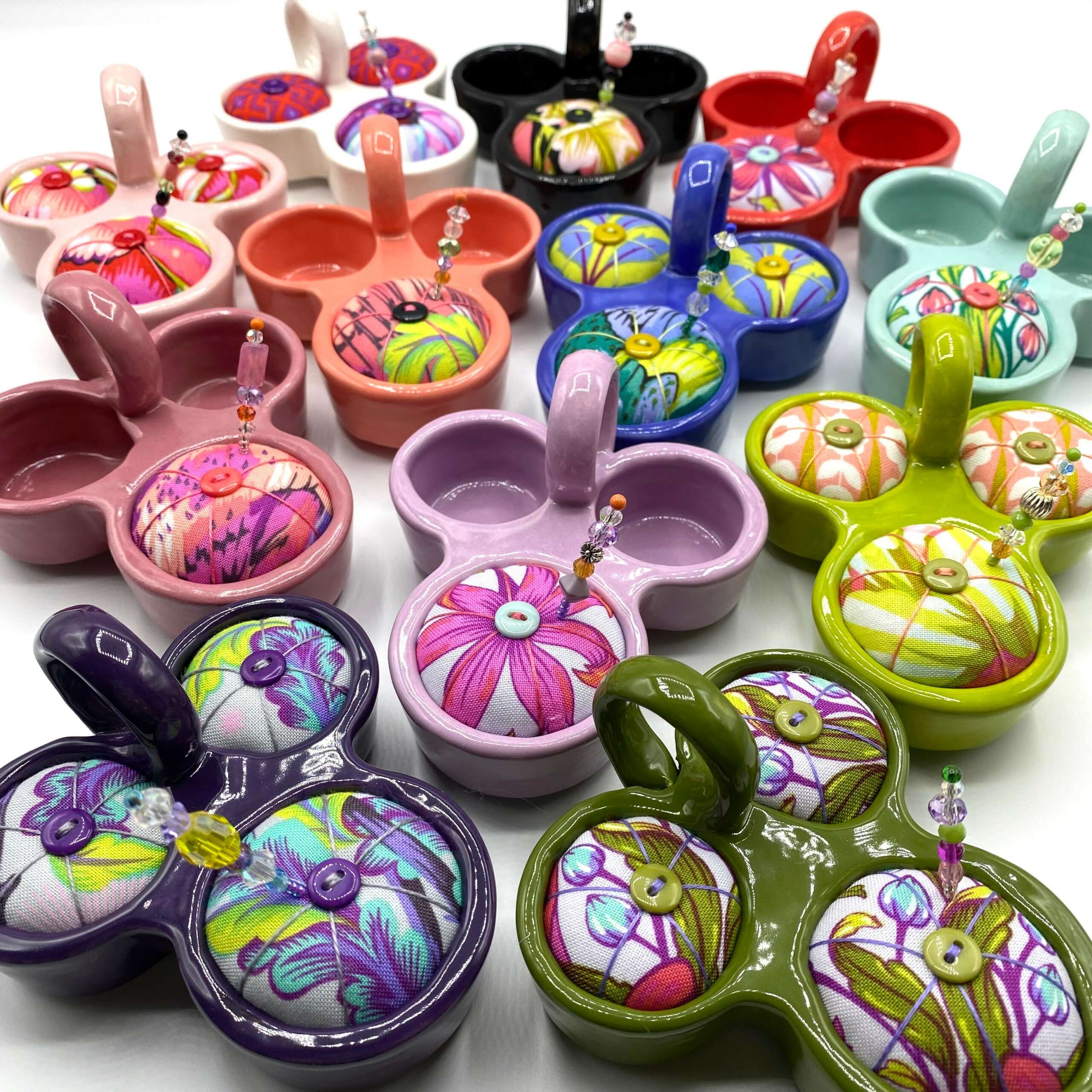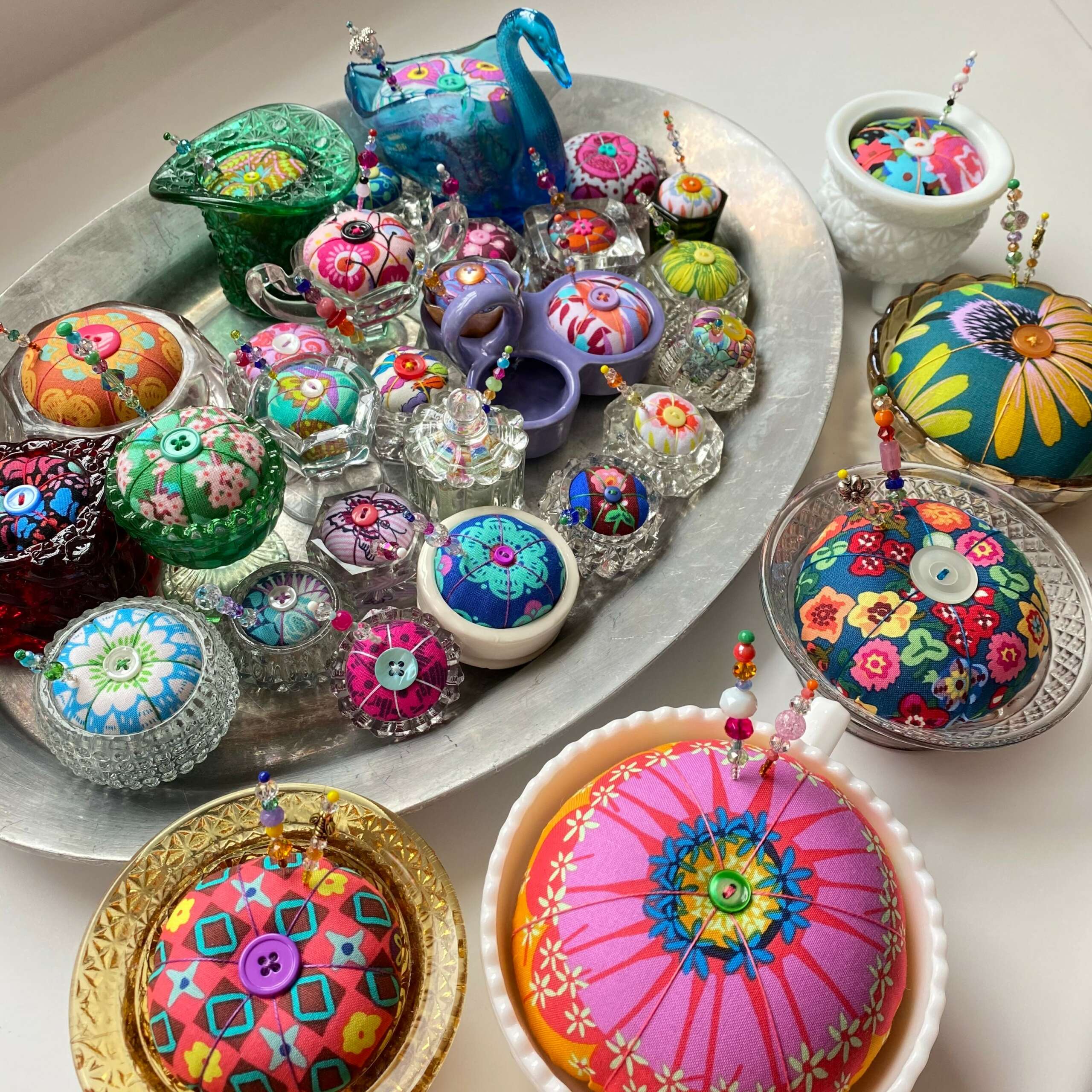We recently connected with Lesley Storts and have shared our conversation below.
Lesley, thanks for taking the time to share your stories with us today What was the most important lesson/experience you had in a job that has helped you in your creative career?
Being in the art industry has always been a peripheral part of my life. However, my “real job” for the past 10 years has been working as a registered nurse and there is continual learning within that profession. There is one lesson I learned when I was a student that has had an affect on every aspect of my life. As students, we had access to an open lab to practice skills including touching tools of the trade, working with simulation mannequins and an instructor to guide us when needed. During one of our classes, our professor asked the nursing students why we were not utilizing the lab. Her words were, and the life lesson to me, that we needed to practice, practice, practice. She went on to tell all of us that we would never feel comfortable until we pushed ourselves including practicing. She also stressed that the choice to better ourselves was our responsibility. This shift in thinking provided me a new perspective on every aspect of my life including quilting and art. Since then, I have been able to step outside of my comfort zone, push myself to try new things, experiment and take chances.


Great, appreciate you sharing that with us. Before we ask you to share more of your insights, can you take a moment to introduce yourself and how you got to where you are today to our readers.
I have been a quilter for 25 years. In addition to making quilts, I also write patterns and make pincushions.
In 2014 I attended the National Quilting Association (NQA) in Columbus, OH. I bought some pincushions at that show that were made in salt cellars. I liked them because they were small, sturdy and seated in glass which I had not seen before. I thought it would be fun to make my own pincushions using favorite fabrics. My daughter Lucy started working with me to figure out the method to make the pincushions. Together we began antiquing and thrifting for glass salt cellars and working to improve the pincushions. At the same time, I was writing a quilt pattern for a quilt that I made and submitted to Modern Patchwork magazing (now defunct). Modern Patchwork was printing a special holiday edition and extended submissions to quilting and sewing related items. We submitted our Salt Cellar Pincushion Pattern and Modern Patchwork published it. Around that same time, we began selling the pincushions on Etsy which was in late 2015.
Since then, I have continued making pincushions. I do not have an exact count, but I’m guessing I have made over 2,000 pincushions. In addition to salt cellars, I now make pincushions in a variety of glass or vessels that I have found antiquing and are typically larger than the salt cellars. As part of our personal brand, each pincushion has 6 strands of DMC or perle cotton thread, a button in the center and a customized crystal/glass beaded pin, Many batches of pincushions are focused on a theme which could be a fabric line by a specific designer, seasonal or holiday themed, or focused around a particular type of glass/vessel. Much of the charm of the pincushions comes from the fussy cutting to capture a specific image to highlight within a vessel. A lot of thought and planning goes into each pincushion batch to capture a great cut of fabric and accentuate it with the thread, button and pin.
Over the years I have made batches with fabric designed by Anna Maria Horner, Giuseppe Ribaudo (aka Giucy Giuce), Tula Pink, Suzy Ultman, Alison Glass, Bari J., Sharon Holland, Amy Smart, Jen Kingwell, Rifle Paper Co., Maureen Cracknell, Tilda, Robin Pickens, Patty Young, Dana Willard, Lorraine Turner, Sally Kelly, and Cotton+Steel.
Several years ago, we antiqued a ceramic vessel that had three openings and a handle. The dish was originally the base for a condiment set. We created a pincushion in one of the openings and used the other two for scissors and thread. The original ceramic was stamped “Made in Occupied Japan” and dates to 1945-52. I continued searching for more of these vessels because I wanted to make more pincushions. They were difficult to source so I found a ceramic maker who I contracted with to make me a mold and then reproduce the ceramic dishes. We named this specific pincushion the Pincushion Pal. I make the “pals” in a rainbow of colors and at times make pincushions in two to three of the holes.
I have continued to grow as a quilter and pattern writer. I have been making quilts with the English Paper Piecing (EPP) method and am currently working on a pattern. EPP is so interesting because you can fussy cut fabric and create new patterns within a block. The possibilities of EPP seem almost limitless.
I recently started making YouTube videos showcasing the glass and vessels I use for pincushion bases as well as making pincushions. Many people have purchased the pincushion pattern through Storts Market on Etsy, but having a visual has been helpful to people when they create their own pincushions.
My most recent quilting adventure includes the purchase of a longarm quilting machine. There is a tremendous amount to learn and I remind myself that working through the process of technical requirements requires patience and practice. I am so happy to be able to expand my quilting opportunities with this specialized piece of equipment.



Learning and unlearning are both critical parts of growth – can you share a story of a time when you had to unlearn a lesson?
One lesson that I have had to unlearn is that you cannot make money in the art business. I am not supporting myself in the art business, but I have made money. I now realize that I was incorrect in my thinking because I did not understand the broad range and opportunities within the art community. When I graduated from high school in 1989, I thought that the only way to pursue art and make enough money to support myself was by being a teacher. I was not interested in being a teacher so I foreclosed on exploring any other art options. I regret not taking art classes in college and investigating a subject that brings me personal satisfaction and is calming to me. And while I do not support myself with art (at this time), I now realize it can be a supplemental income if needed as I continue to create and explore options.



For you, what’s the most rewarding aspect of being a creative?
There are two specific aspects of being an artist/creative that bring me a lot of satisfaction. The first is being able to create a new product or item from various supplies such as creating pincushions from antique glass and beautiful fabric. Or creating a quilting pattern that is inspired by things I experience in my life. The satisfaction of creating is personally fulfilling and a reward in an of itself. The second aspect is how creating has been able to help me connect to other individuals who also create. I like to be around artists, hear about their experiences, what inspires them and their process of creating.
Contact Info:
- Website: www.stortsmarket.com
- Instagram: @lesleystorts @stortsmarket
- Youtube: StortsMarket
Image Credits
All photos taken by me, Lesley Storts.


